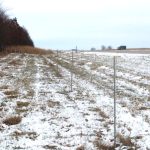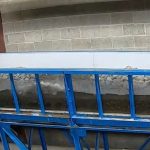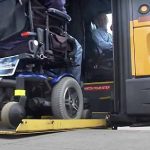Snow and Ice Treatment Products Evaluation
|
The Maintenance Division of the Missouri Department of Transportation (MoDOT) uses different materials to reduce the negative impacts of snow and ice on state roadways. In addition to plowing, the use of chemicals and abrasives for highway winter maintenance operations is an essential strategy for ensuring a reasonably high level of service. This project addressed information gaps regarding the performance and impacts of these materials. ... Read More about Snow and Ice Treatment Products Evaluation | |










